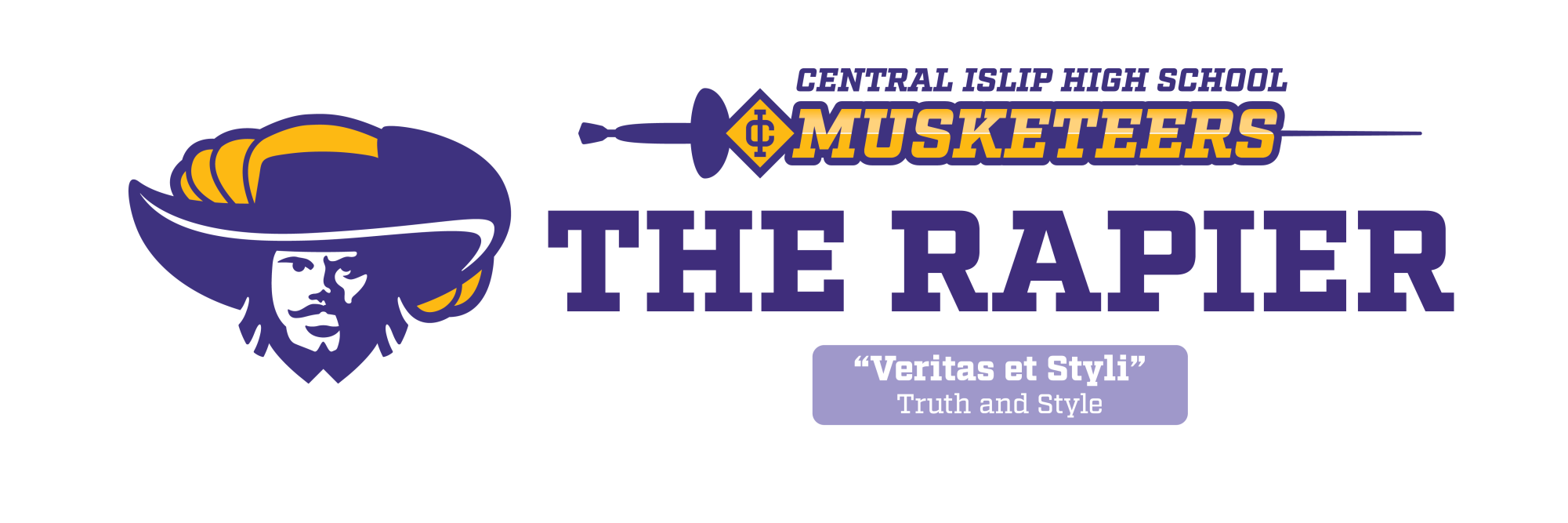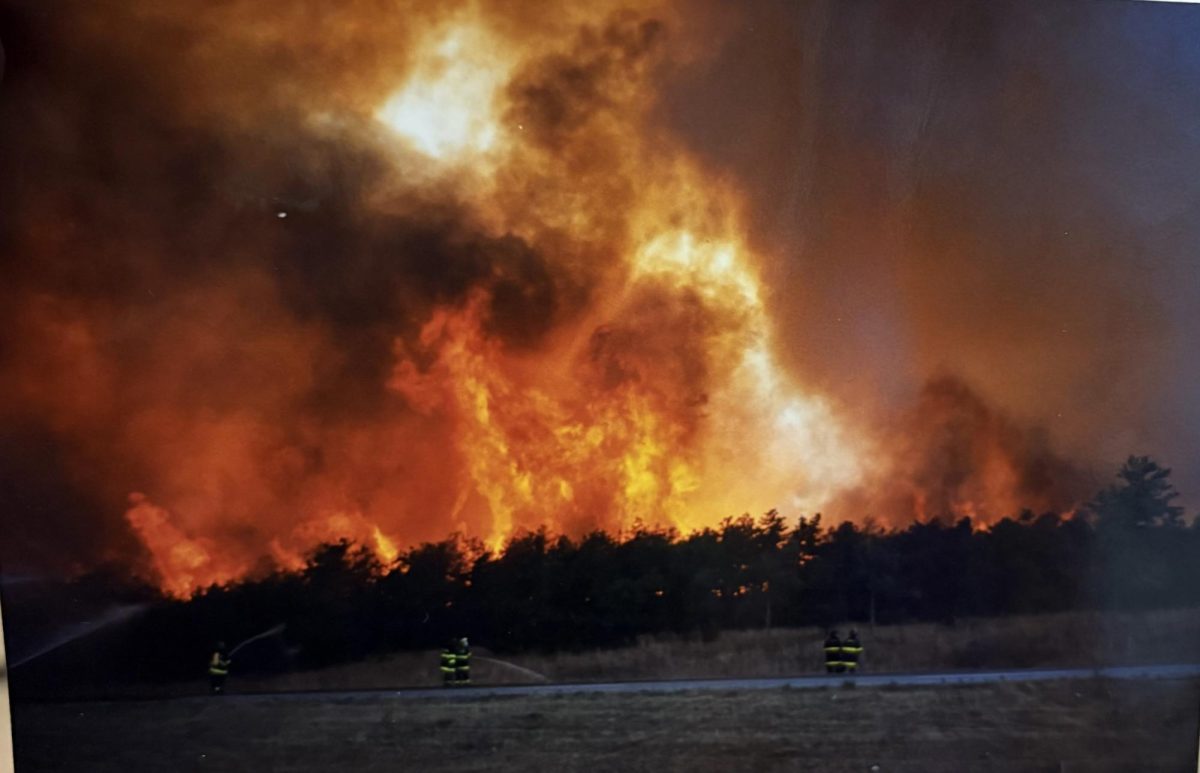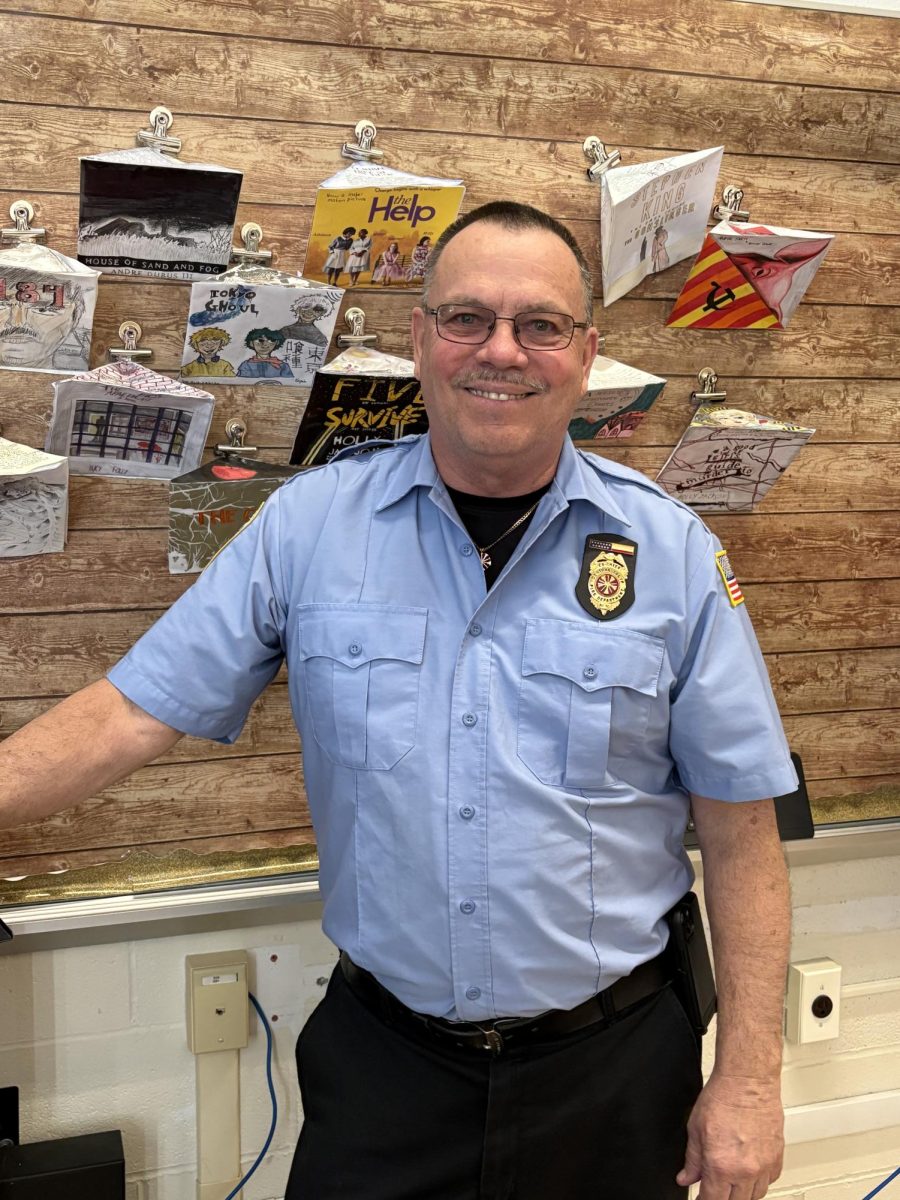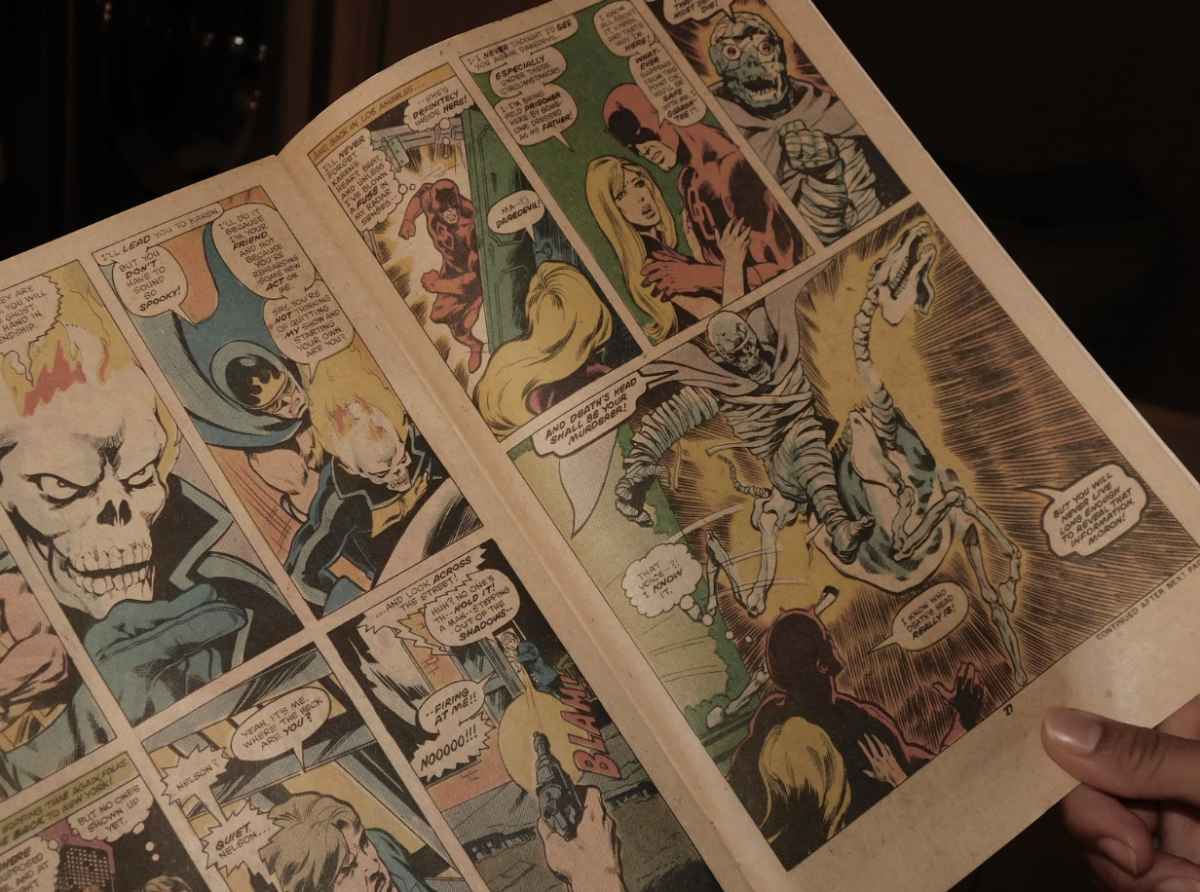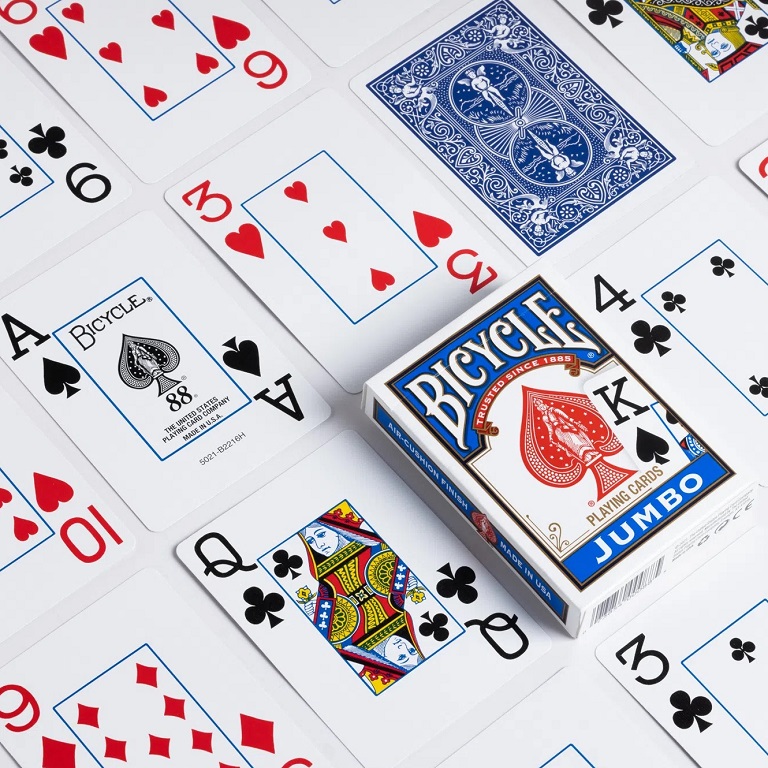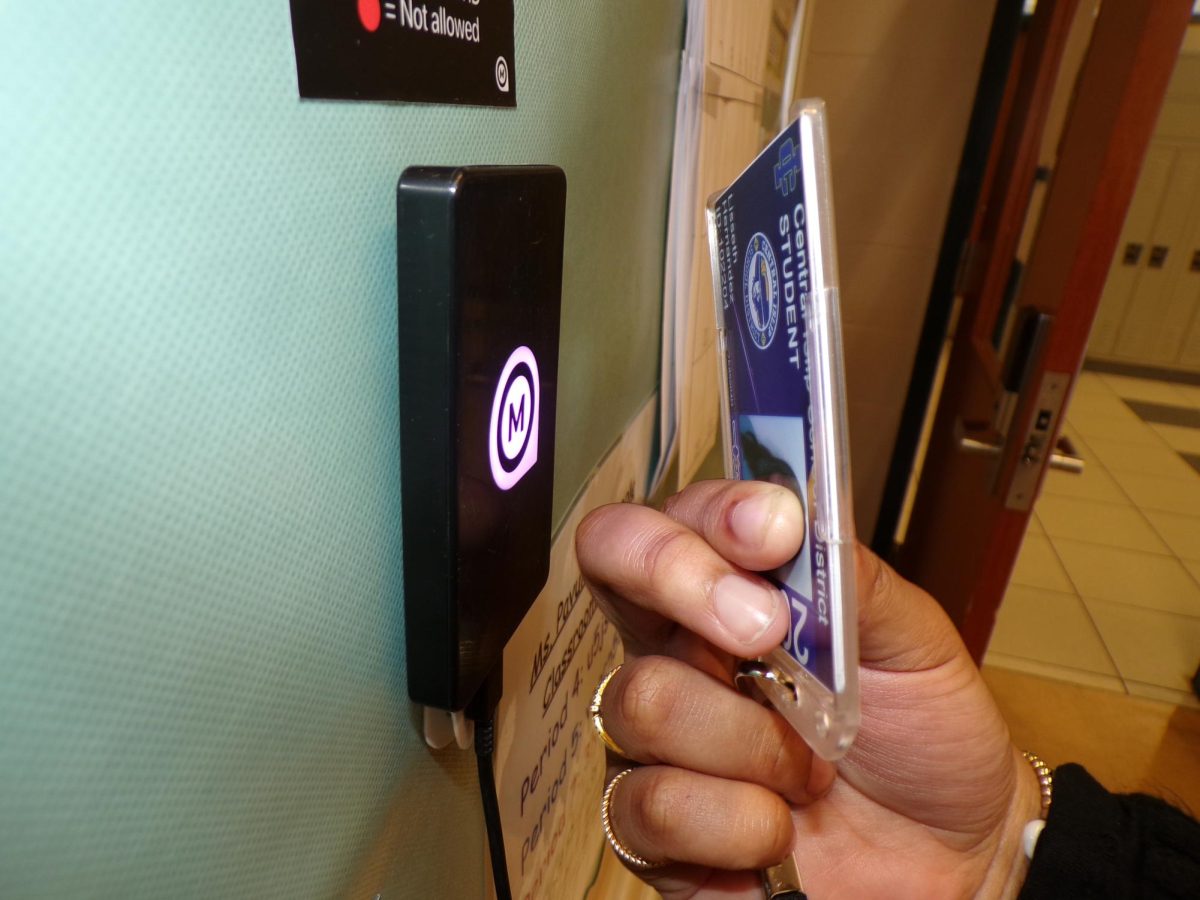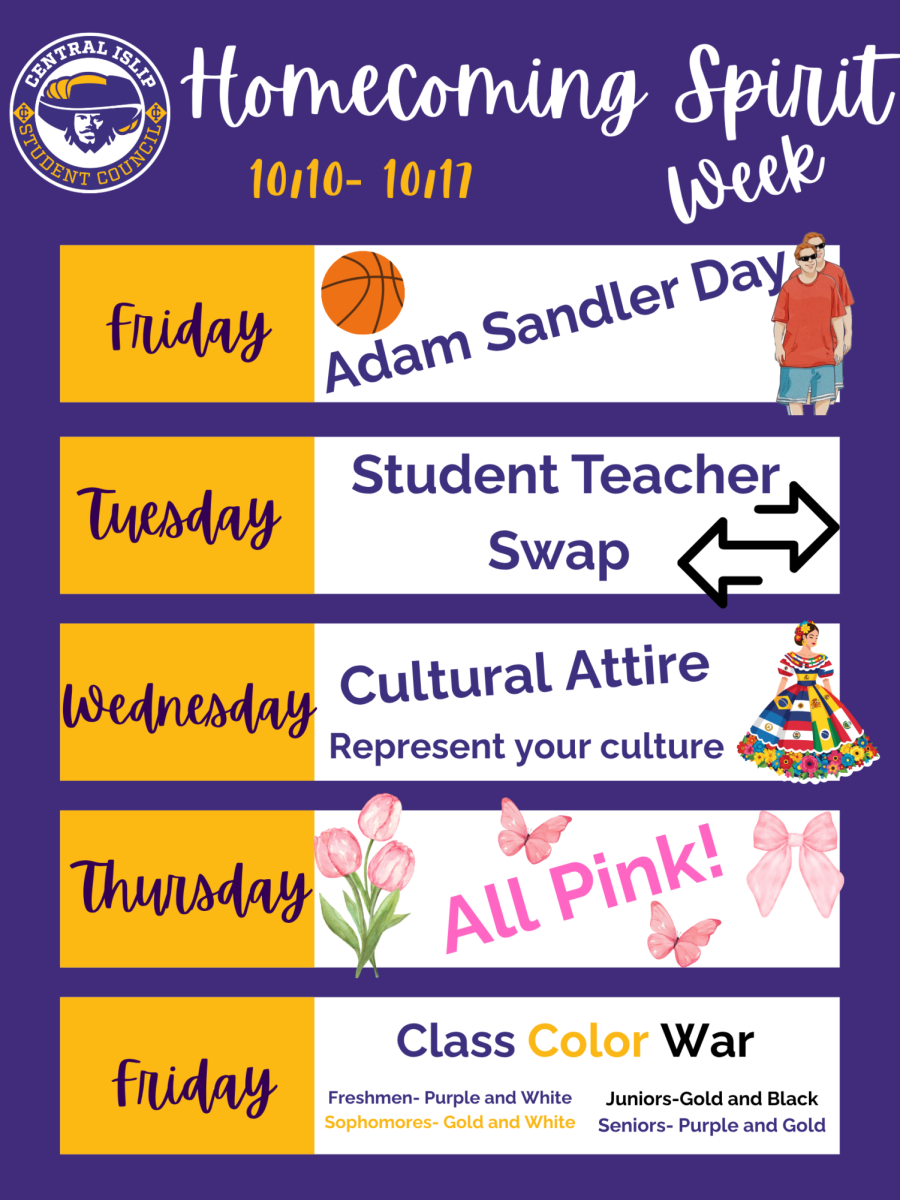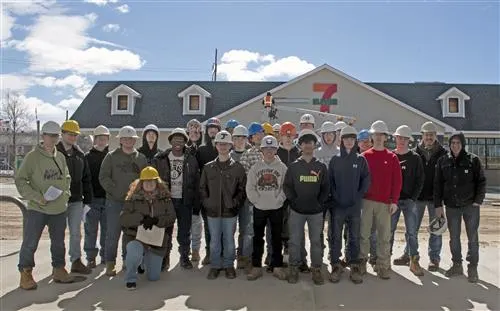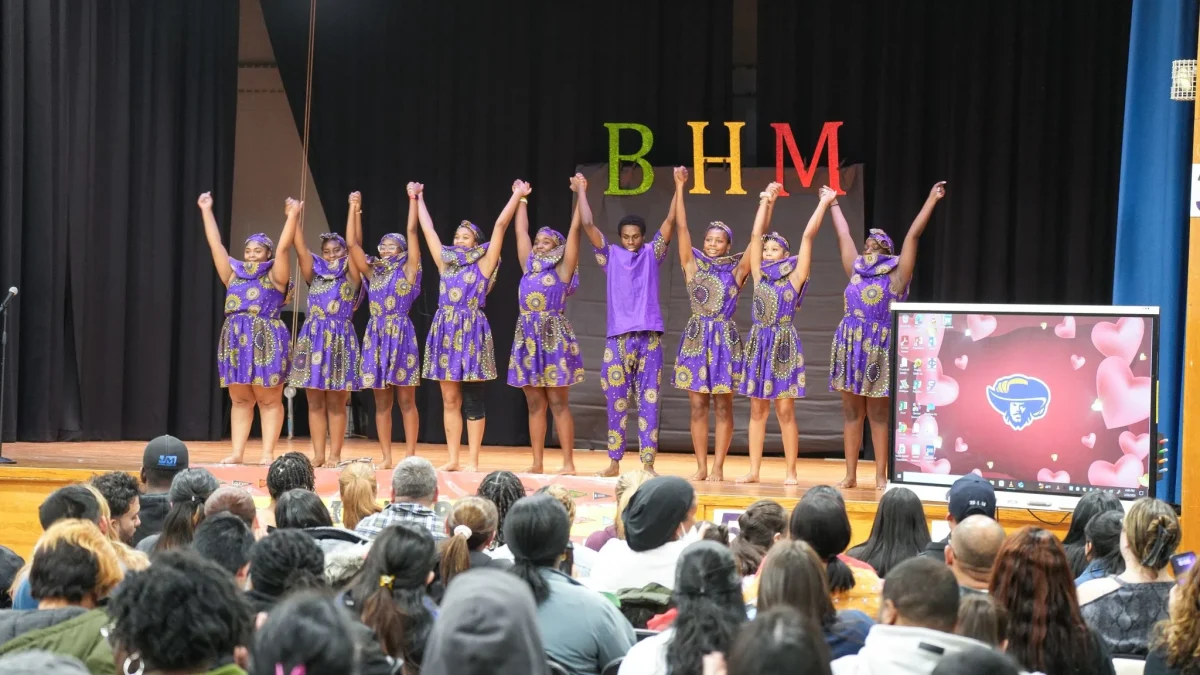The Long Island Pine Barrens are an essential part of our local ecosystem. Once covering over a quarter million acres of land, today the Pine Barrens are preserved into 53 thousand acres throughout Long Island. The Pine Barrens showcase a diverse mosaic of the woodlands from plain ponds to diverse pine-oak forests. They also house all types of species from tiger-salamanders to butterflies and over 100 species of birds; many of which are seeing dwindling numbers. According to the Long Island Pine Barren Society, the Long Island Pine Barrens house the “greatest diversity of plant and animal species anywhere in the state of New York.” All this life is not only important in ecological regards but also in regards to our drinking water. Long Island is known for its aquifers and fresh drinking water which is protected by the Pine Barrens, making them crucial to our community. Where they once covered one quarter of the island, protecting our water supply, now most of that land has been developed. We should do everything in our power to protect such a crucial part of our ecosystem.
The March 8th fires in Westhampton remind us of the responsibility that we have to behave in a way that protects the Pine Barrens. According to the Air National Guard 106th Rescue Wing, stationed at Francis S. Gabreski Air National Guard Base in Westhampton Beach, an individual making s’mores sparked a fire that burned 600 acres of protected land. Many Long Islanders that were old enough to remember the wildfires of 1995 got very nervous when news of the fire in Westhampton began to be reported. They remembered the images of the fire jumping over Sunrise Highway and the black wall of smoke that seemed to consume the east end. The Sunrise Fire, as it was called, destroyed 4,500 acres of the pine barrens and took about 2,000 firefighters to finally extinguish the flames.
The Staff of The Rapier had the privilege of interviewing Mr. Joe Correira, former Head of Security in Central Islip Schools
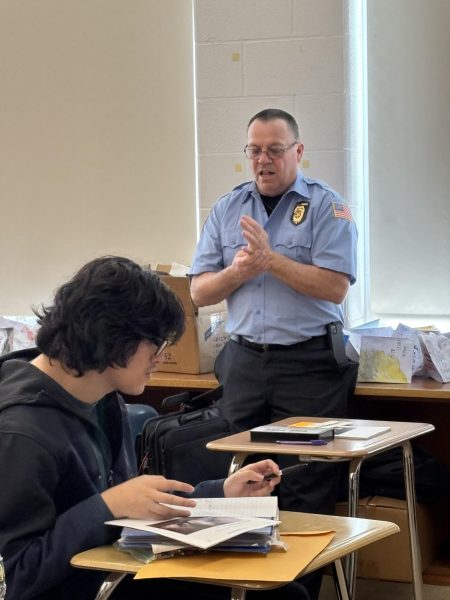
and Central Islip Fire Department Chief at the time of the 1995 Sunrise Fire. His description of the fire could have been taken from a horror movie. He described the fire roaring as “what sounded like a helicopter coming.” At one point the Central Islip Fire Department ran out of water and had to abandon their truck. It was later discovered by a neighboring fire department and brought back to the station. Demonstrating a true commitment to serving his community, it wasn’t his heat stroke that he recalled as being the hardest part of fighting the fire, but rather the fact that they had to fight the wildfire out east while simultaneously protecting their communities back at home. Recognizing the fact that resources were stretched beyond their capabilities, fire departments from all over the country reported for duty. This included the Hot Shots, an elite group of firefighters from California, trained to fight fires like the one Long Islanders were facing.
A lot has changed in the world of Long Island firefighter training since then. One of the challenges the fire departments faced, according to Mr. Correira, was the fact that they each operated on their own radio frequency. This made communication between all the different departments nearly impossible. Now, there is a mutual aid frequency that they can all access when necessary. In addition, LI firefighters are now presented with specialized training in wildland environments and are taught special techniques. These techniques consist of understanding fire behavior including factors such as fuel, ventilation, and wind– all of which are needed to predict fire spread and intensity. Firefighters also learn how to manage their time to be aware of how long it takes to search, locate, and remove the victims safely and carefully.
Complicating the matter of fighting fires in the Pine Barrens is the fact that the health of the ecosystem of the Pine Barrens is largely dependent on routine wildfires. The Pine Barrens got its name from the prevalence of the Pitch Pine trees. The pine cone of the Pitch Pine is covered in a thick resin that has to be melted in order for the cone to open and release its seeds. Other plants in the Pine Barrens have adapted in similar ways. For example, plants like blueberries and huckleberries have underground rhizomes. That means the plant material above the soil may burn, but after the fire, they can grow again from the protected rhizomes. Before Long Island was so heavily developed, fires would happen naturally from events like lightning strikes. With increased development, fires are suppressed which ironically leads to an increase in the threat of fire. Without fire, fuel accumulates. Fallen leaves, pine needles, and brush build up over time creating dangerous conditions that can lead to fast-moving fires. Without the advancements made over the last two decades, the fire on March 8th could have potentially grown to the size of the Sunrise Fire of 1995.
To ensure the health of the Pine Barrens and the safety of the surrounding communities, the NYS Department of Environmental Conservation (DEC) performs prescribed burns. “Prescribed fires are an important tool to keep New York State lands thriving and reduce fire risk,” said Acting DEC Commissioner Amanda Lefton. “In addition to removing wood and timber litter that fuels wildfires and threatens public safety and structures, prescribed burning helps DEC achieve specific ecological goals, including eliminating invasive species and ensuring growth of fire-dependent ecosystems.” Since Long Island is so densely populated, there are a lot of considerations when performing a prescribed burn. Wind plays a huge part to control the impact of smoke and coordination between many fire departments, the National Weather Service, and other agencies is necessary. According to a press release from the NYS DEC, prescribed burns will be happening in Suffolk County from now through early May, conditions permitting.
So how can we prevent unplanned fires and their accompanying devastation? There are ways to maintain safety, some as simple as checking the weather. Check for drought conditions before using any fire related equipment such as a barbeque or firepit. Choosing an open space and also cleaning the area for any flammable objects before lighting any fires will also help prevent any uncontrolled fires.
Another important factor to consider after lighting a fire is taking care to extinguish it safely. The Ad Council campaign that brought us Smokey Bear reminding us that “only you can prevent forest fires,” also gives tips on safely extinguishing campfires. They recommend:
- Allow the wood to burn completely to ash, if possible.
- Pour lots of water on the fire. Drown ALL embers, not just the red ones. Pour until hissing sound stops.
- If you do not have water, stir dirt or sand into the embers with a shovel to bury the fire.
- With your shovel, scrape any remaining sticks and logs to remove any embers. Make sure that no embers are exposed and still smoldering.
- Continue adding water, dirt or sand and stirring with a shovel until all material is cool.
A good rule of thumb is: If it’s too hot to touch, it’s too hot to leave. All of these steps combined can help limit or stop the spread of fire to any other flammable objects, therefore, preventing wildfires from occurring.
Organizations like the Long Island Pine Barrens Society are working to ensure the health and safety of the Pine Barrens, and in effect, the residents of Long Island. Their “Best of the Rest” campaign is advocating for the preservation of 3,000 additional acres. In addition to helping to safeguard our water quality, this will also increase the opportunities for practices that maintain the health of the Pine Barrens such as prescribed burns.
To learn more about their efforts, including scholarship opportunities, visit pinebarrens.org
